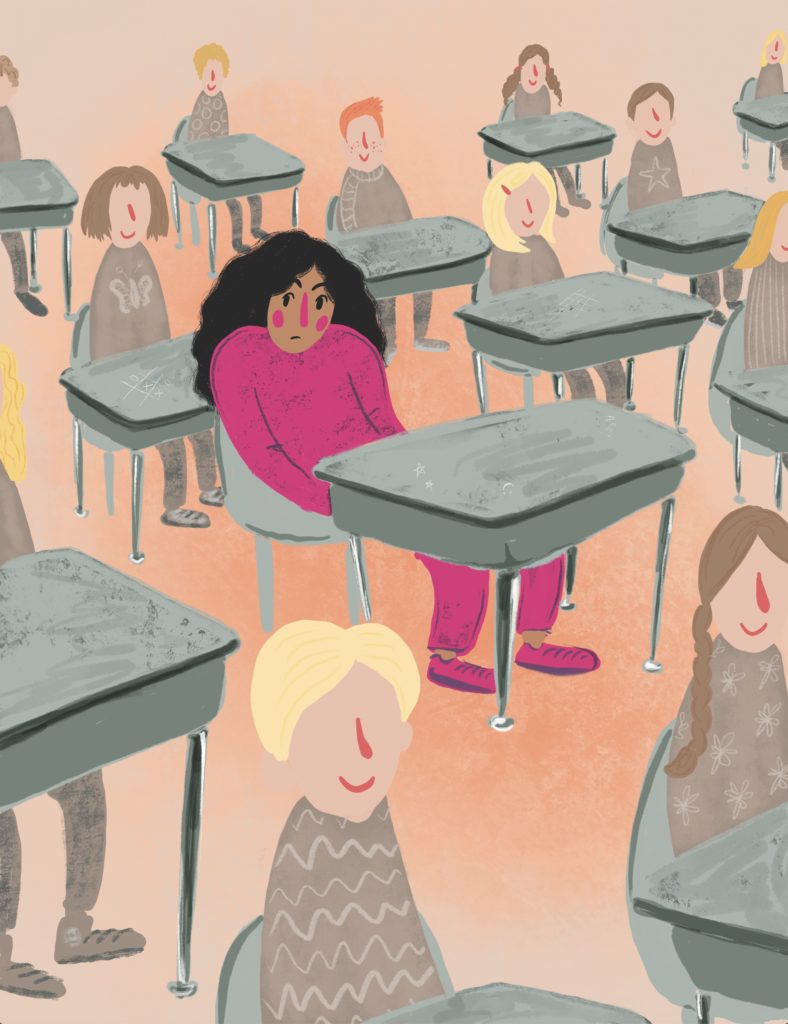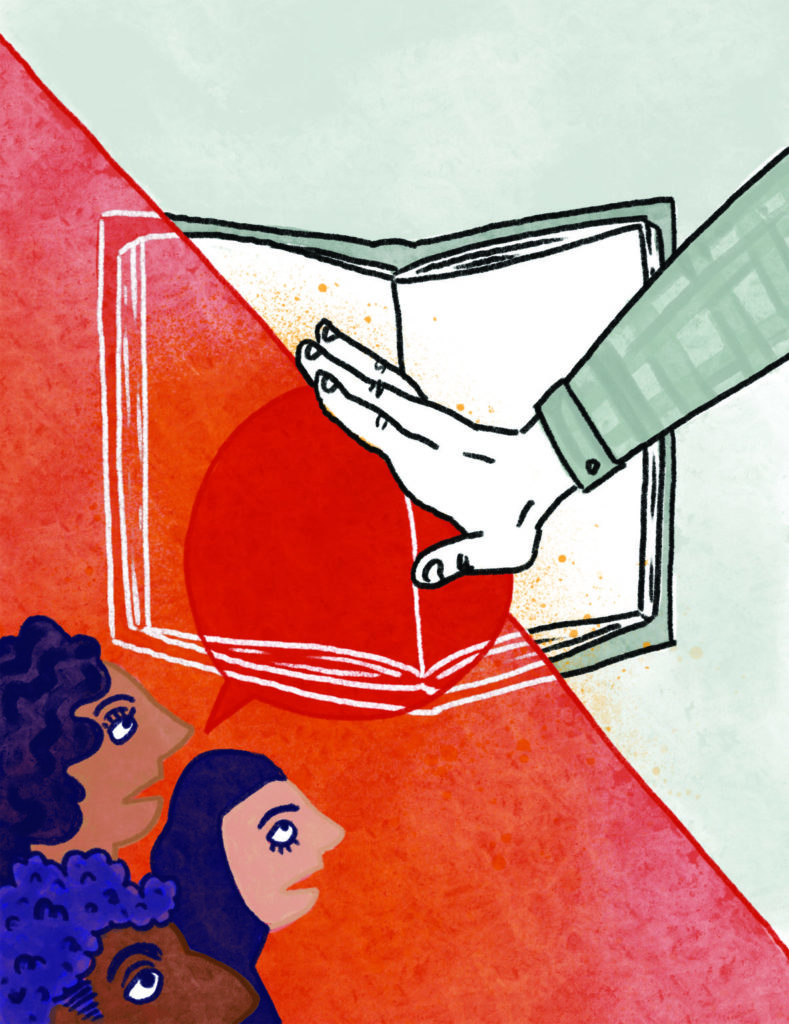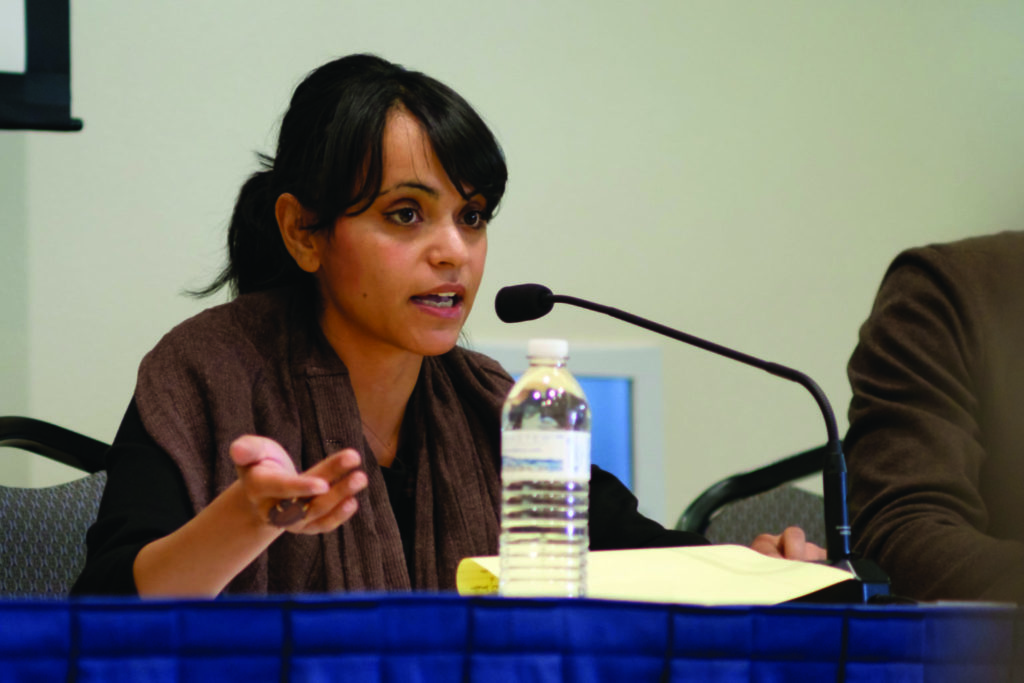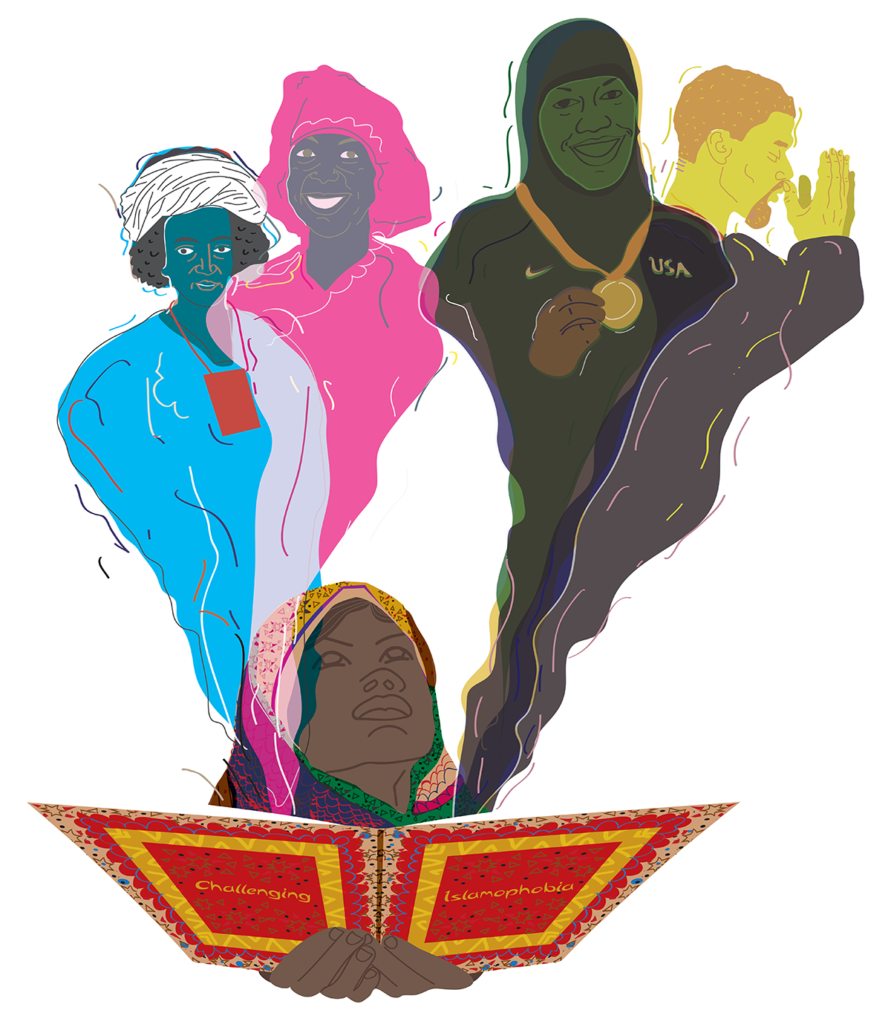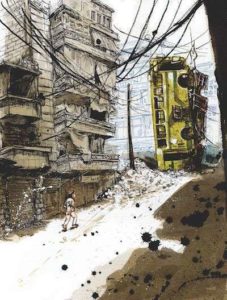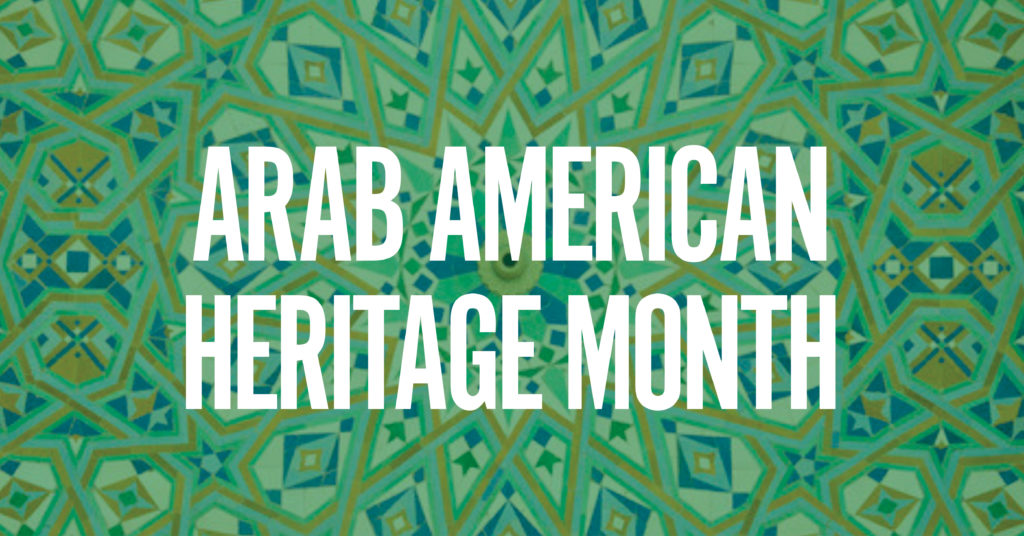
For Arab American Heritage Month, we wanted to share excerpts from a short article by Rethinking Schools contributor and Portland, Oregon, high school teacher, Suzanna Kassouf — along with some articles on Arab American themes from Rethinking Schools magazine.
What a joy to celebrate Arab American Heritage Month.
Holding an Arab identity in the United States can be confusing. On the one hand, we see
Arab and Muslim American congresswomen told by the president of the United States to go
back to the countries they came from. That same president barred travel to the United States
from seven Middle Eastern countries. In media and curriculum, we see our countries of origin
vilified as havens for terrorists, if we see them at all. For our students’ entire lives the United
States has been at war in the Middle East. Some estimates calculate more than 20,000
casualties in the region from U.S. drone strikes alone, including thousands of civilians and
almost 500 children. Both Democrat and Republican presidents have murdered entire
families via drone strikes at weddings and funerals in Iraq, Afghanistan, Somalia, and
Yemen. Can you imagine the horror? As I watch our country praise the courage and
industriousness of Ukrainians fighting Russian invaders with homemade bombs, I can’t help
but wonder what we might call these resistors if they looked like me — if they came from an
Arab country.
On the other hand, when asked to classify our racial identity, we’re told we must check the
box for “white.” Despite decades of lobbying by the Middle Eastern/North African (MENA)
community for a census box that accurately describes our racial identity, we were once again
denied by Donald Trump’s 2020 census.
Why does the census classify us as white when many of us are not experienced as white by
the country we live in? Well, in 1915, George Dow, a Syrian immigrant, sued for his
citizenship when only white people in the United States could become naturalized as U.S.
citizens. He won his case partially by arguing that, if he were not white, then neither was
Jesus, because they were born of the same land. Rather than accept that Jesus was Brown,
the United States declared Arabs white.
Undeniably, legal classification as white gave Arab Americans benefits and privilege — like
my Lebanese grandfather’s ability to buy a home in a mostly white suburb of Cleveland,
Ohio, in the 1940s. But today, this classification often denies much-needed resources and
validity to communities who experience very real marginalization.
I’ve written here about my own experience of living in this murky middle area. Of feeling
never fully welcomed into the world of whiteness, and struggling to understand where I
belong. I wonder how many of our Arab American students may be swimming in these same
cloudy waters. What a gift it would have been to my younger self to see my heritage, my
story, my people reflected in my school’s curriculum. To see, for once, Arabs included in this
country’s story as something other than its villains. I hope this is something we can offer to
our students this month and throughout the year.
Much love to you all and Ramadan Mubarak to our Muslim community!

